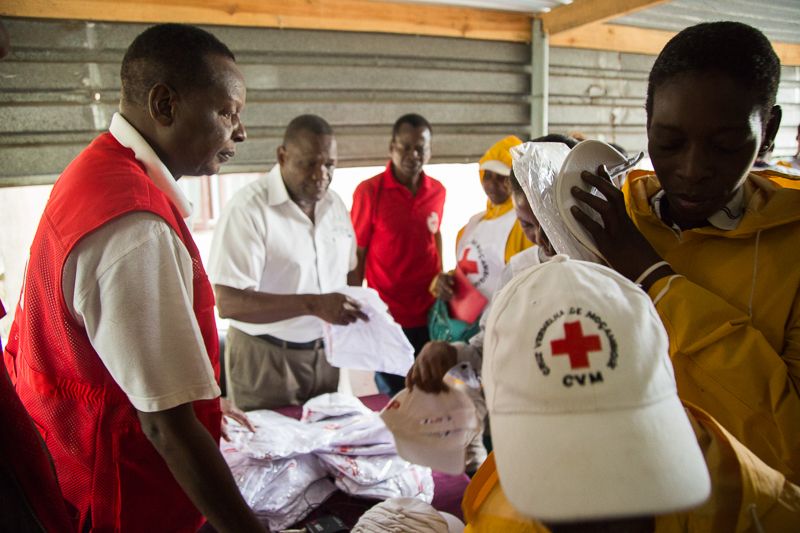Summary
The activation of the EAP is the culmination of all the work that went into making a National Society FbF ready, developing the EAP and getting it approved. With the EAP in place and the FbF system set up, ideally there are no more decisions to take; once the trigger is hit, the activation of the EAP can begin. Everyone involved should know what will be done where at what moment and by whom.
For an EAP to be activated different factors must coincide: forecasts must predict an event of a magnitude and strength that reaches the defined threshold, with sufficient lead time to carry out the early actions and in a region that is covered by the EAP; and of course, the EAP must already be validated and legal agreements in place. In order to be able to determine, whether the activation was successful, the forecasted event must then materialize in the area where early actions were carried out. FbF being a relatively recent approach for those cases, where all these conditions are met, it is of high importance to carefully monitor and evaluate the activation in line with the EAP M&E plan, to ensure learnings are documented, evidence can be built and the FbF system and the EAP adjusted based on the lessons learned.
This chapter provides guidance through the activation process addressing questions such as:
- What points to go through when an extreme event is approaching but a trigger not met?
- How to evaluate the impact of the activation?
- How to systematize learnings?
- How to share the results?




